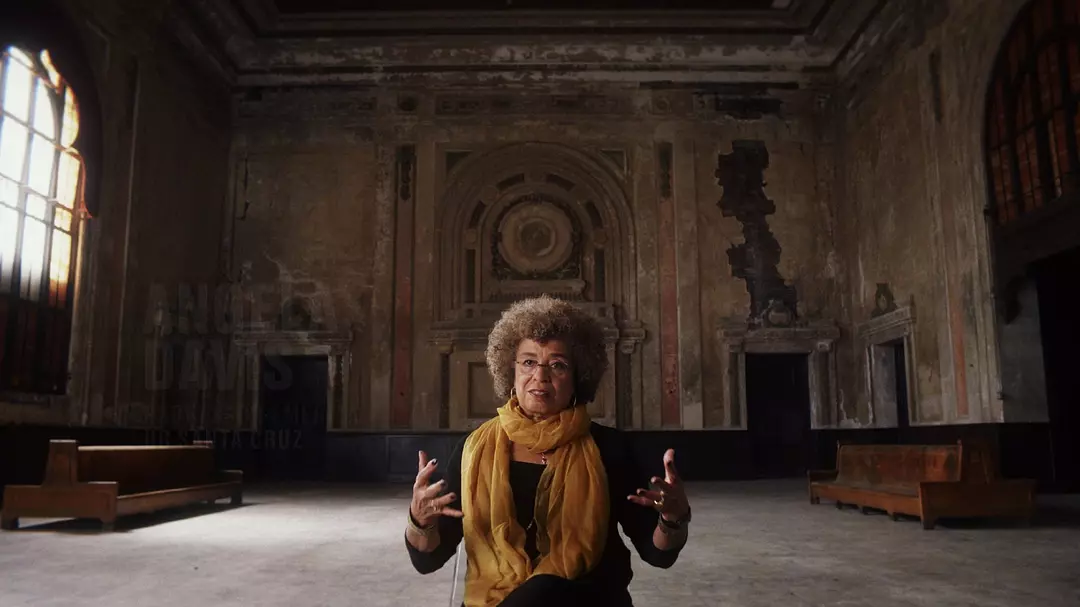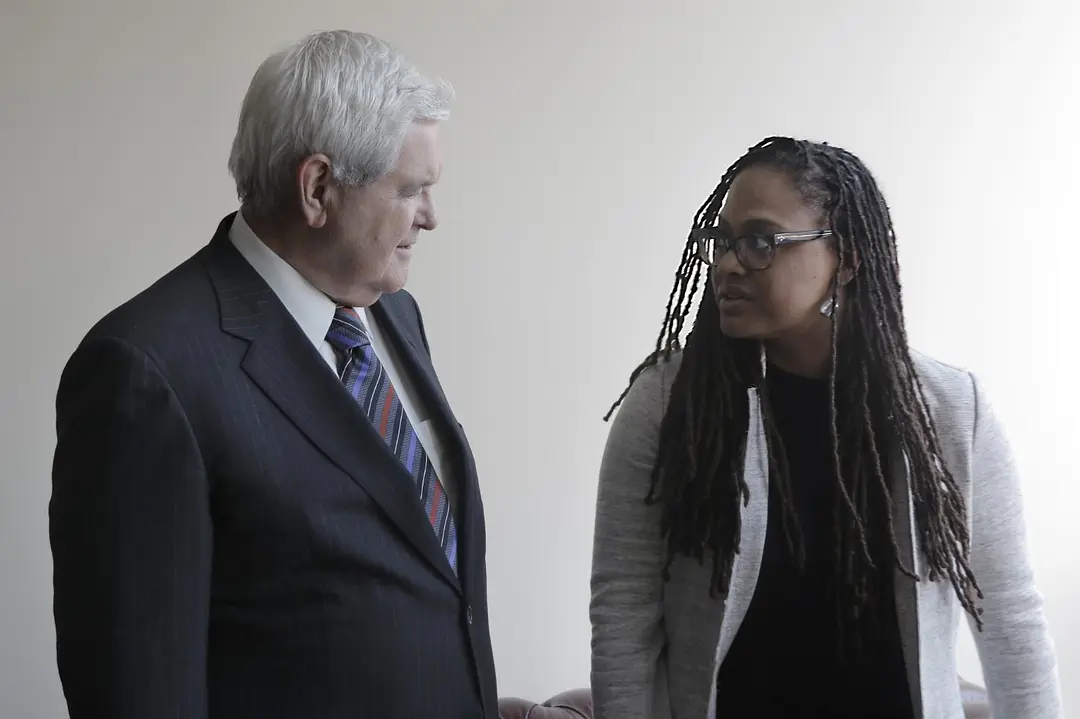13th: Exposing Modern Slavery Through Mass Incarceration
The Historical Context of the 13th Amendment
The 13th Amendment, ratified in 1865, formally abolished slavery in the United States, except as a punishment for a crime. This clause created a legal loophole that allowed systemic exploitation to continue under the guise of criminal justice. The documentary traces the history of racial oppression from slavery through the Jim Crow era, showing how laws and policies systematically targeted African Americans. Segregation, voter suppression, and discriminatory policing ensured that African Americans remained economically and socially disadvantaged for generations. By understanding this historical context, viewers see how racial inequality was embedded into the legal and social systems of the nation, and how the legacy of slavery continues to influence contemporary issues.
 The Rise of Mass Incarceration
The Rise of Mass Incarceration
“13th” highlights how mass incarceration emerged as a modern form of racial control. Through policies such as the War on Drugs and tough-on-crime legislation, African Americans and other minority communities were disproportionately imprisoned. The film illustrates how the criminal justice system functions as a tool for maintaining social hierarchies, showing how the number of incarcerated individuals skyrocketed in the late 20th century. Private prisons and prison labor have turned incarceration into a profitable industry, often at the expense of vulnerable populations. Archival footage and interviews with activists emphasize the cyclical nature of these policies, highlighting how laws designed to appear race-neutral still produce racially disparate outcomes.
 The Role of Media and Politics
The Role of Media and Politics
The documentary examines how media and political narratives have influenced public perception of crime and race. From exaggerated portrayals of black criminality in news and film to political campaigns exploiting fear, these narratives reinforced support for harsher laws and mass imprisonment. Politicians often used racially coded language to gain votes, portraying minority communities as dangerous or criminal. The film argues that systemic biases are deliberately constructed to sustain power structures. Interviews with scholars, activists, and politicians provide insight into how language and images shape policy and public opinion, perpetuating cycles of inequality while obscuring the historical roots of discrimination.
 Awareness, Activism, and Social Change
Awareness, Activism, and Social Change
“13th” challenges viewers to reflect on the connection between history, law, and justice, urging awareness and activism. By understanding the structural mechanisms that maintain inequality, audiences are encouraged to question policies, advocate for reform, and participate in social change. Movements such as Black Lives Matter are highlighted as modern responses to systemic oppression, demonstrating the power of collective action. The documentary is both a historical investigation and a call to action, emphasizing that ending mass incarceration requires systemic change, public engagement, and confronting deeply rooted racial biases. It leaves audiences with a critical perspective on justice, equity, and the ongoing fight against modern slavery, inspiring reflection and a commitment to societal improvement.









